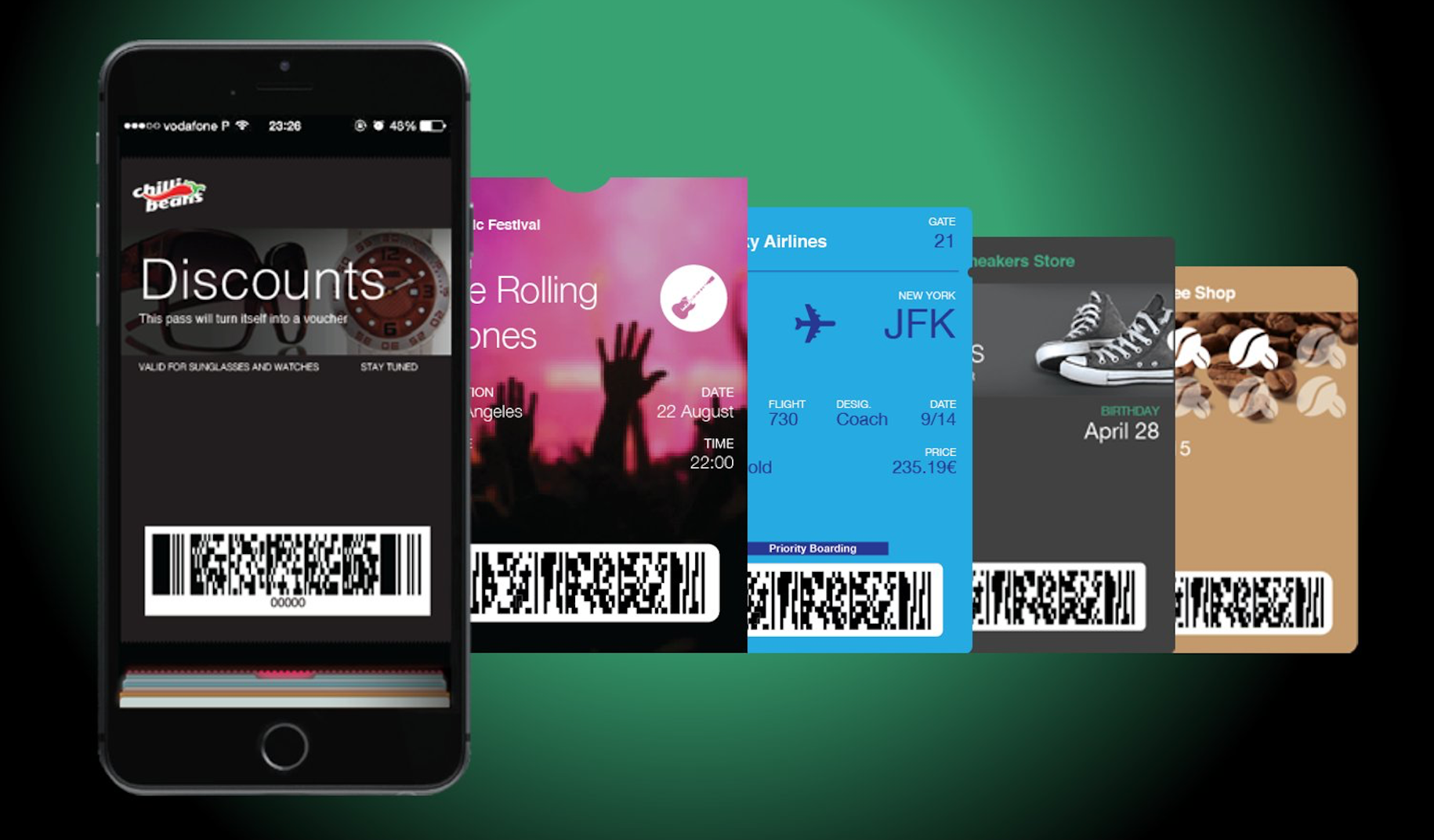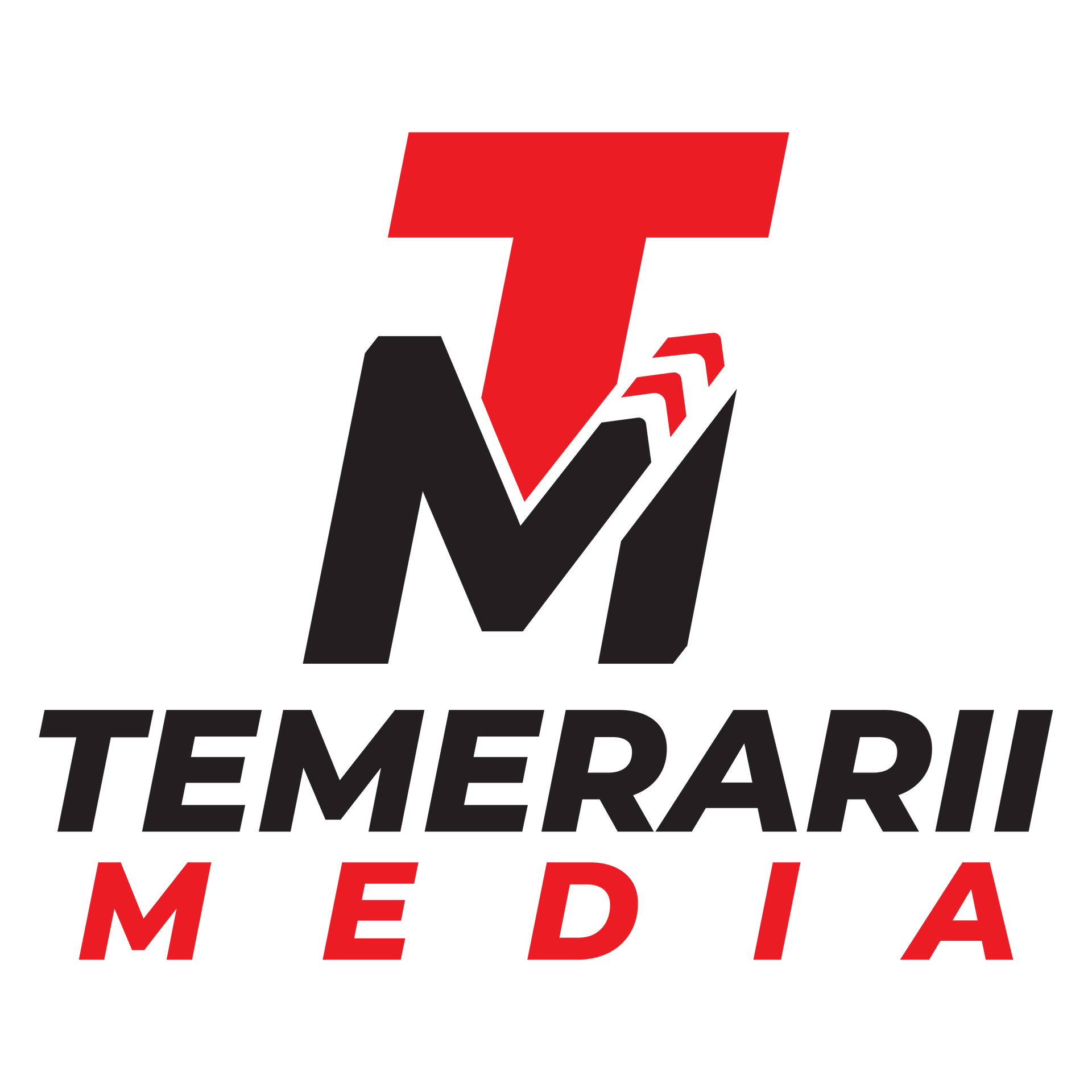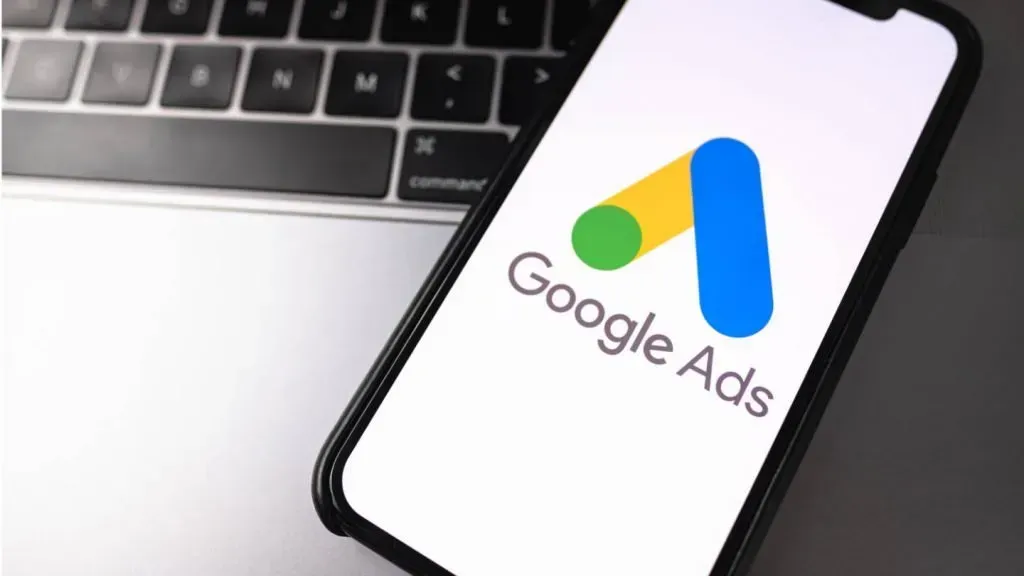









Digital advertising has become a crucial component of any business's marketing strategy. With the rise of the internet and mobile devices, businesses are now able to reach a global audience with targeted and measurable ad campaigns.
Digital advertising can help you boost the effectiveness of your organic marketing efforts in three key ways:
In this blog post, we will take a closer look at some of the most popular digital ad platforms available today.

Google Ads is a pay-per-click advertising platform that allows businesses to create and display ads on Google's search engine results pages, as well as on other websites that are part of the Google Display Network.
Google Ads offers a wide range of ad formats, including text ads, display ads, video ads, and app promotion ads. It also offers advanced targeting options, such as location-based targeting and audience targeting.
There are several benefits to advertising on Google Ads:
The goal of any advertising plan should be to make a profit, which is achieved by generating more revenue than the cost of the campaign.

RSAs are a type of ad that uses machine learning to optimize the ad's headlines and descriptions to match the user's search query. This allows businesses to reach a more relevant audience, resulting in higher click-through rates and conversions.
DSAs are a type of ad that uses a business's website to dynamically generate ad headlines and descriptions based on the user's search query. This allows businesses to quickly and easily create highly relevant ads without the need to manually write ad headlines and descriptions.
These ads are typically image or video-based and appear on websites that are part of the Google Display Network. They can be targeted to specific audiences based on demographics, interests, and behaviors.
These ads are specifically designed to promote mobile apps and drive downloads. Using information about their demographics, interests, and habits, they can be targeted to a specific audience.
These are ads that are displayed in video format and can be targeted to specific audiences based on interests, demographics, and behaviors. They can be displayed on YouTube, as well as on other websites that are part of the Google Display Network.
These ads are specifically designed for businesses that sell products online. They allow businesses to create and display product listings on Google's search engine results pages, making it easy for users to find and purchase products.
These ads allow businesses to target their ads to users searching for products or services in a specific location.
Instead of visiting the website, these ads enable people to contact a business directly.
Local service ads give companies the chance to advertise their products to people looking for nearby service providers.

Social media advertising is a form of digital advertising that utilizes social media platforms to promote products or services. Some of the most popular social media platforms for advertising include Instagram, Facebook, LinkedIn, and Twitter.
Each of these platforms has its unique features and targeting options, making it important for businesses to choose the right platform for their advertising campaign.
Nearly 2.5 billion active Facebook, 1 billion Instagram, and 330 million Twitter users worldwide log in each month. Marketers are aware that consumers use social media for a variety of reasons, including communicating with friends, maintaining global connections, conducting business, and networking with others.
The amount of money spent on advertising on social media channels is at an all-time high due to the sheer number of active users. This year, social media advertising is expected to exceed $8.5 billion worldwide.
There are numerous benefits to social media advertising.
An immensely popular social media platform, Facebook boasts a staggering user base of over 2.8 billion active monthly users. It offers a diverse array of advertising formats, including image-based, video-based, and carousel ads.
Moreover, Facebook presents the opportunity to create ads specifically optimized for mobile devices, rendering it an excellent choice for businesses aiming to target a predominantly mobile-oriented audience.
Within Facebook's advertising framework, you can focus on
three distinct audience types:
In a recent development, Facebook has introduced the Meta Business Suite, an integrated platform that empowers creators and small enterprises to manage their connected Facebook and Instagram accounts seamlessly. This comprehensive suite furnishes users with free access to an assortment of tools that streamline the process of managing their online presence. By centralizing online presence management, Meta Business Suite assists in expanding reach and maintaining relevance in the digital realm.
Advertising on Instagram can be done through the Facebook Ads Manager, as Instagram is owned by Facebook. With over 1 billion monthly users worldwide, mostly aged 18-34, Instagram offers a significant audience for businesses to reach.
You can advertise on Instagram in three ways:
Instagram also offers sophisticated targeting options, including location-based targeting, interests, and behaviors. It also allows businesses to create ads that are specifically optimized for mobile devices, making it a great platform for businesses targeting a mobile-first audience.
Twitter is a microblogging platform that allows users to send and receive short text messages, known as tweets. Twitter offers a range of ad formats, including promoted tweets, promoted accounts, and promoted trends. Worldwide, Twitter has more than 330 million monthly users. The majority of users range in age from 35 to 65.
Twitter categorizes its ads into five objectives:
According to advertisers, B2B and online shopping are Twitter segments with strong levels of engagement.
B2B companies frequently utilize Twitter as a digital marketing tool, and Twitter users are known to spend a lot of money online. Advertising to these audiences can be a successful strategy.
Over 660 million people worldwide use the LinkedIn platform every month. LinkedIn is a great place for B2B (business-to-business) advertising due to the platform's large number of professional users.
LinkedIn is the preferred platform for working professionals, giving B2B advertisers access to a large audience.
In addition, LinkedIn advertising benefits from its unique targeting capabilities. You will have access to exclusive targeting criteria that are not available on other platforms on LinkedIn.
LinkedIn users can be targeted based on specific demographics, such as job title, job function, and industry. You might decide that the only people you want to advertise to in the recruiting industry are directors who work in customer service. This is made possible through LinkedIn's targeting capabilities.
Pinterest is a social media platform that stands out with its 300 million active users, mostly female, who are highly engaged. It's known for its visual focus, and some users say they enjoy seeing ads from brands they like on the platform.
A Step-by-Step Guide to Advertising on Pinterest:
The majority of Snapchat's 218 million users are between the ages of 18 and 24. Story ads sponsor tiles in Snapchat Discover, and augmented reality (AR) lenses are just a few of the advertising options available on Snapchat.
The types of ads on Snapchat and Instagram appear to be fairly comparable. The augmented reality lenses are what makes Snapchat truly distinctive.
A company sponsors AR lenses so that users can create interactive experiences that they can use and share with their friends. In this Domino's example, the pizza isn't there; that's the AR lens at work. It might be hard to believe.
With more than 2 billion active users every month, YouTube is Google's closest competitor and the second-largest search engine. Ads on YouTube can be shown before, during, or after other YouTube videos, or as a separate promoted video after a search.
You can cater your videos to specific audiences who are already watching videos from brands that are similar to yours or on related topics because you can target demographic information and interests.
Native advertising is a form of digital advertising that blends in with the content on the website or mobile app where it is displayed. The goal of native advertising is to create an ad experience that feels natural and seamless to the user, rather than disruptive.
This can result in higher engagement and click-through rates compared to traditional display ads.
Native ads come in many forms, including:
Programmatic advertising is a form of digital advertising that uses technology to automate the buying and selling of ad space. This automation allows for more efficient and effective targeting of ads, resulting in higher ROI for businesses.
Programmatic advertising is typically divided into two categories:
The utilization of
Closed-Circuit Television (CCTV) involves employing video cameras to oversee and document activities within a specific location. The captured video is then transmitted to a central area, where it can be observed in real-time or stored for subsequent viewing. CCTV systems are commonly employed in various settings, including residences, commercial establishments, and public areas.
To conclude, the realm of advertising has undergone significant transformations in recent years due to the emergence of digital marketing and novel advertising methods like influencer marketing and podcast advertising. With the abundance of advertising options available, businesses must select those that align most effectively with their objectives and target audience. Whether opting for Google Ads, social media platforms, or out-of-home advertising, the key to triumph lies in crafting engaging and precisely targeted content that resonates with the intended audience. By doing so, businesses can enhance brand awareness, foster business expansion, and ultimately accomplish their advertising objectives.
Leverage Email Marketing for business growth through using Temerariimedia. We welcome any inquiries or requests you may have.
Share this post







